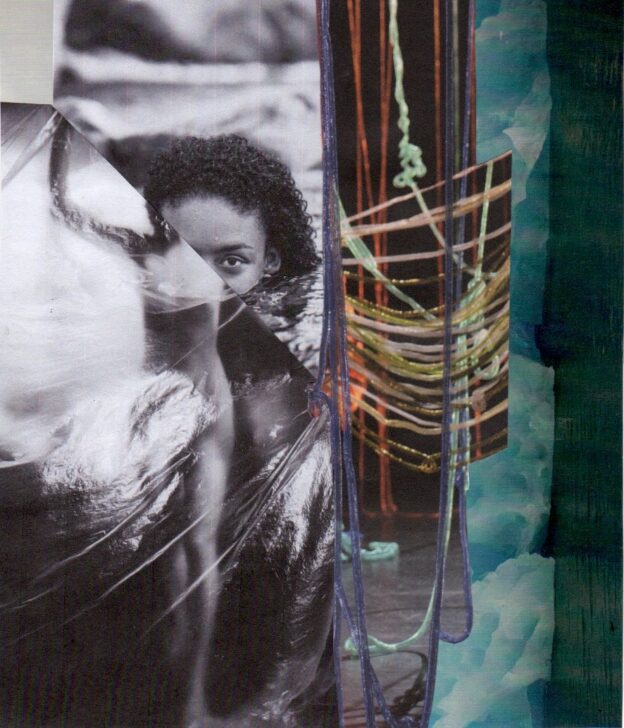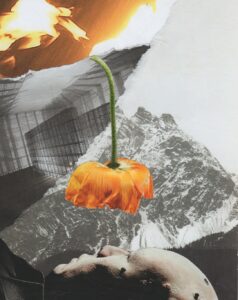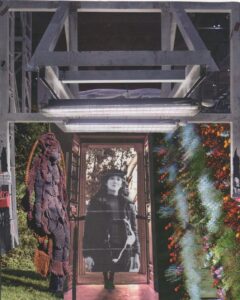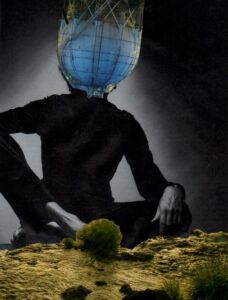THE PIONEERING ADVOCATE OF FEMALE DESIRE AND THE MALE GAZE
In 1920s Berlin, psychoanalyst Karen Horney challenged central aspects of Freudian theory in Weimar culture. She opened a new place for recognition of women’s sexuality within the psychoanaly tical community of her time. Though Horney did not explicitly address the plurality of desire, today her legacy brings to light tensions between the sexual desires and identities at play within others, ourselves, and within established discourses. The coherence of her theory and experience inspired recognition of diversity, allowing us to go beyond the plain rejections of normativity and confronting us with the complexities of our passions and longings. The challenging exercise of recognizing diversity breaks consensus and allows us to generate and enjoy more honest and affectionate bonds with others and ourselves in all aspects of our lives.
In a conservative town in Germany, Horney, as a young lady of seventeen, wrote in her diary:
“In my own imagination there is no spot on me that has not been kissed by a burning mouth. In my own imagination there is no depravity I have not tasted to the dregs” (ch 1.3).
Her honest diary entries about her sexual fantasies questioned and contrasted with the morality and restrictions her society was imposing on her as a woman. She proved through her own experiences that women are not passive receptors of masculine desires. As she entered adulthood, such lessons were to become crucial for Horney in both her intimate and professional life. Notably, her recognition of the activeness of female sexuality was at odds with feminist movements of the time—such as the International Abolitionist Federation—that spoke out against sexual disparity by arguing that the principal problem was the uncontrollability of the sexual impulse in men.
Later in her life, Horney would move to Berlin, where, upon finishing her studies in medicine, she specialized in psychiatry—an uncommon profession for women at the time. Berlin was at this time undergoing great societal changes, and by the 1920s its conservative ambiance had given way to a vibrant capital city fit for the modern woman. Women obtained suffrage, gained access to superior education, and could become professionals. These changes provided them with the possibility of holding prominent places in public life and of diversifying their roles as wives and mothers. In terms of sexuality, certain sectors within artistic and intellectual society were afforded unprecedented visibility, whereupon displays of lesbianism, bisexuality, and polygamy became seen as acceptable and even fashionable. Berlin became, as author Barbara Ulrich put it, a “Shangri-La on the Spree.”
Berlin’s booming film industry helped to spread this idea of the ‘free new woman,’ and actresses like Anita Berber and Marlene Dietrich became role models for many. Among other female ‘stars,’ they came to embody the ideal of the new woman, speaking openly about their sexual lives while projecting economic and sexual independence to the world. Despite this ideal discourse, some important inconsistencies—continued restrictions on abortion, lack of access to contraception—remained. Nonetheless, sexual expression became a crucial component of the intellectual and cultural life of a city where top-level universities and research institutes lived side by side with theaters and wild cabarets.
It was at the scene of this cultural revolution that the psychoanalytic community arrived in full force, giving birth to the Berlin Institute of Psychoanalysis and the Berlin Polyclinic. The latter provided free services to the working class and poor, allowing psychoanalysis to become an accessible part of life for all of society.
In this context the inquisitive Horney, who shared the new spirit of her time, underwent analysis with Karl Abraham, a psychoanalyst colleague of Sigmund Freud. By 1920, her passion and commitment led her to become the first woman to enter and teach at the Berlin Institute of Psychoanalysis. As she reflected in her diaries, psychoanalysis began for her as a way of dialoguing with her desires, fantasies, secrets, and frustrations—a way “to learn how to listen to the delicate vibrations of soul” (ch 3.7).
Despite the revelations and relevance Horney found in psychoanalysis, her own analysis and practice allowed her to recognize at an early stage that Freud placed women’s sexuality under the dominion of the primacy of the phallus. She openly refuted Freud’s explanation of ‘Penis Envy’ and the ‘Oedipus Complex,’ which for Freud are a consequence of female anatomy. Briefly, Penis Envy is meant to describe the jealousy felt by girls upon discovering that they do not have a penis and are thus unable to enjoy as much pleasure as their male counterparts. When the little girl becomes aware of her lack, says Freud, she reinforces her affection for her father in her Oedipus Complex, which leads her to become passive in her sexuality.
Horney didn’t deny penis envy, but she believed it was based upon the dependent positions imposed on girls and women by society. She saw the Oedipus Complex not as the result of incestuous desire, but as a tussling for power between parents and siblings. She suggested that Freud incorrectly viewed little girls as “damaged little boys.” Her writings also introduced new perspectives on the themes of marriage, monogamy, and the sexual lives of adult women. These contributions brought to light the important angle of the relationship of women’s desires to society.
Despite her objections to a number of basic Freudian precepts, Horney’s ideas were in accordance with psychoanalytic epistemology, which on principle calls for the necessity of validation and refutation. This means that in psychoanalytic theory, and, more importantly, at the clinical setting in general, the compass is led by the feelings and experiences of the client rather than by any aim to confirm theories. Horney strongly embraced this approach when she refuted Freudian theory on the basis of personal and professional experiences of her own.
Many other female psychoanalysts accepted Freudian postulations without hesitation. In the 1920s, Karen Horney became the first woman in the interwar psychoanalytic movement in Berlin to challenge Freud by reaching beyond patriarchal perspectives.
Between 1922 and 1935, Horney wrote fourteen papers in which she presented social factors such as education and female roles as crucial to the formation of women’s psychology and gender differences, exposing Freud’s lack of vision around women’s sexuality, which he proposed was determined by biological factors. Her legacy was not only to create a rupture within the patriarchal mindset, but to develop a critique of the masculine bias within psychoanalytic theory. She was also one of the theorists who brought forward the illuminating insight that to speak of sexual desire is to speak of recognition of the differences between individuals. Her perspective challenged traditional oppositions between woman/man and passiveness/activeness, opening the psychoanalytic gaze to diversity.
Recognition of the power and diversity of desire always entails extension into the social field. As Horney has shown, to talk about sexuality is to explore a plurality that will inevitably break consensus and make a place for difference. Through her own sexual experiences and in her clinical work, Horney presented social relationships as a crucial factor in the development of the character and sexuality of an individual. Her approaches forced the Berlin psychoanalytic movement to pluralize their views and remain open to debate.
Sadly, with the advent of Nazism, this recognition of difference was short-lived, and Horney emigrated to the United States. In 1932 she became associate director of the Institute for Psychoanalysis in Chicago. After two years, she left the city for New York, where she taught at the New School for Social Research and published her most notable theoretical works, The Neurotic Personality of Our Time (1937) and New Ways in Psychoanalysis (1939). In these works, she matured her theories on the role cultural and social environments play in the development of personality.
Without fear or restraint, Horney continued to develop her theories. In 1941, the education committee of the New York Psychoanalytical Institute demoted her position and described her published writings as a threat and “a disruptive influence for most of the fundamental principles of psychoanalysis” (ch.1). This situation drove her to leave the institute and strengthened her resolve and commitment to her independent path. Today her approaches are taken into account and built upon by psychoanalysts, feminists, gender theorists, sociologists, and others around the world.
Women in the twenty-first century have come a long way. At this stage, women and men are able to appropriate and independently amend and restructure theories that do not represent them. We can research and approach any subject without feelings of self-betrayal. However, thinking about the plurality of sexuality with openness and sincerity continues to be necessary, hard work for all genders. There are still many prejudices and vacuous discourses to address. As Karen Horney said, “The searching for our selves is the most agonizing, isn’t it? – and yet the most stimulating – and one simply cannot escape it” (ch 1.5).
Quinn, Susan. A Mind of Her Own: The Life of Karen Horney. New York: Summit Books, 1987. Kindle File.
Written by ANDREA MONROY TORO
Originally published in PSYCHOLOGY TOMORROW 2014
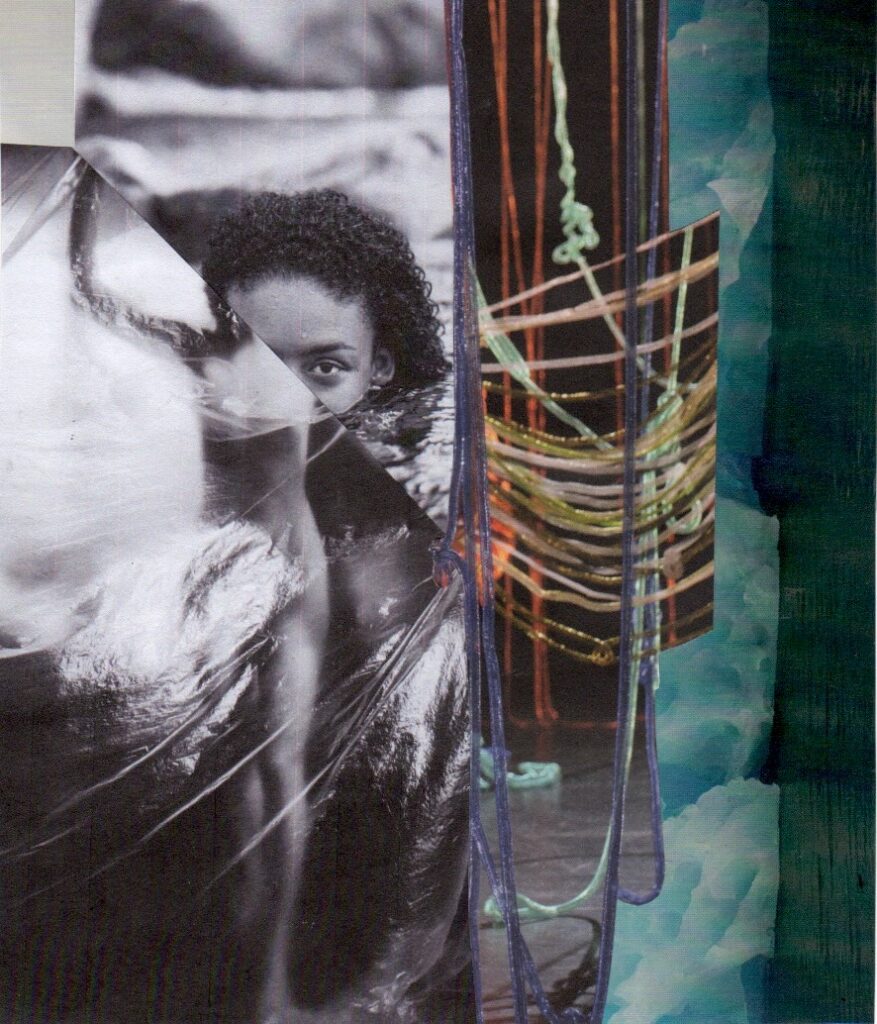
Artwork by KATE HOLFORD
© Copyright for all texts published in Stillpoint Magazine are held by the authors thereof, and for all visual artworks by the visual artists thereof, effective from the year of publication. Stillpoint Magazine holds copyright to all additional images, branding, design and supplementary texts across stillpointmag.org as well as in additional social media profiles, digital platforms and print materials. All rights reserved.
